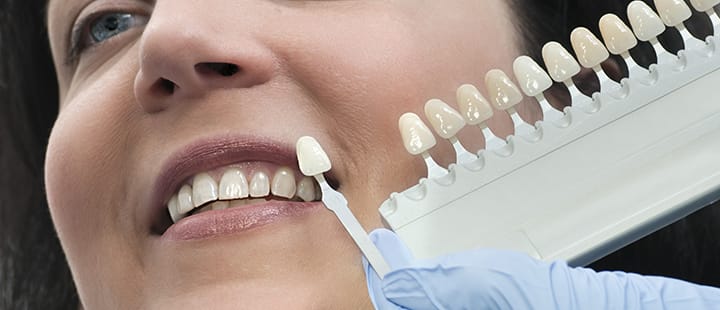
Dental Restoration

Fillings Treatment
- A hole in your tooth
- Dark spots on the tooth
- Food stuck between certain areas of the teeth
- Chipped or broken tooth
- Sensitivity to hot and cold food and beverage
- Single or multiple cavities
- The very first step in this process is to see how severe the infected tooth is. This is because Dental Filling is only suitable for minor fractures and decay
- The dentist then examines the tooth and if required an X-ray would be done for precise information
- Depending upon the extent of decay, local anesthesia is administered to make the area around the infected tooth numb
- Then the decayed or damaged tooth or the areas around it is prepared for restoration
- If the tooth is damaged, then a dental handpiece or a laser can be used to remove the damaged part
- A filling is then applied to the area to fill the cavity. The type of filling will depend upon case to case and person to person
- Finally, the finished tooth can be polished to conclude the dental filling procedure
Dental Fillings are of various types. The type of filling to be used will depend upon the condition of decay and other factors such as a person being allergic to a material. The different type of fillings available are:
Metal Filling – This old age filling is long lasting. In this type, Silver Filling is comparatively inexpensive. But gold though expensive is a preferred choice. Because they can withstand chewing forces and last usually from 10-15 years.
Amalgam Filling – These are the most researched and widely used by dental professionals since quite long now. They are made of several metals combined and therefore, they have high strength.
Composite Filling – These are of the same color as your teeth. These are preferred if a person does not want their filing to be seen. It is recommended & suitable for front teeth. It bonds well with the tooth structure. It is also used for a chipped tooth, however, does not last long as compared to metal and amalgam filling and can also wear off with time.
Porcelain / Ceramic Filling – The porcelain filling is best suited if you have serious aesthetic concerns. These cover most part of the tooth, as a result, can be used if the decay is large enough. This long-lasting filling does not stain or wear off easily.
- Before you start chewing, make sure that the anesthesia is worn off
- Do not consume anything too hot or too cold if the effect of anesthesia is still on
- You might feel soreness around your gum area, this will last only for a few days
- Avoid hard or sticky food for a few days
- If you have a habit of grinding your teeth, then make sure you use a mouthguard to protect your filling
- If you feel sensitivity for too long or if your dental fillings come out, visit your dentist immediately
- Maintain a good Oral Hygiene routine like cleaning, brushing, mouthwash & flossing
